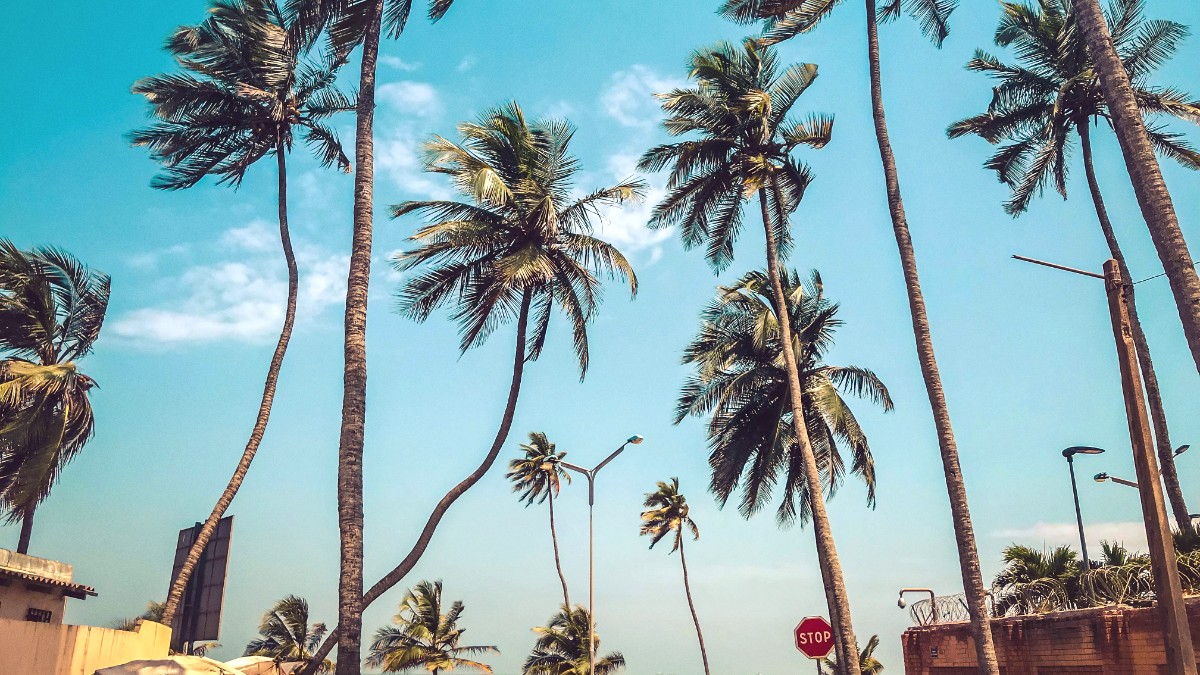
Togo
Imagine the rhythmic sound of waves from the Atlantic Ocean, mixing with the lively chatter of a sprawling market. This is Lomé, Togo's coastal capital, a city that pulsates with energy and welcomes discovery. It is more than a destination; it is an experience, a journey into the heart of West African culture, commerce, and history. Uncover the unique character of a city that truly captures the spirit of its people and its place on the Gulf of Guinea.
The city thrives on its connection to the sea, a conduit for trade and a backdrop for daily life. Flat plains allow for expansive growth, while its position between Ghana and Benin supports regional connectivity. These elements combine to create a city both uniquely Togolese and deeply integrated into the broader West African coastal fabric.
The ocean dictates the city's humid, tropical climate, bringing with it specific weather patterns that shape the optimal times to visit. Beyond its immediate coastline, the larger Togolese landscape transitions gradually northward. While Lomé rests on the plain, the country's interior features hills and plateaus, leading to the more mountainous regions near Kpalimé.
Lomé’s story reflects the broader history of West Africa itself. Originally, Lomé was a modest coastal trading village established by the Ewe people, an ethnic group with a rich cultural heritage across modern-day Togo, Ghana, and Benin. The Ewe used the natural advantages of the coastline for fishing and local commerce, laying initial foundations for a prominent urban center. In 1897, Lomé’s status elevated dramatically when it was designated the capital of the German protectorate of Togoland.
The mid-20th century brought the wave of decolonization. On April 27, 1960, Togo achieved independence from France, and Lomé became the capital of the newly formed Republic of Togo. This event marked a new chapter for the city. Post-independence, Lomé grew, expanding its port facilities and developing new residential and commercial areas. It solidified its position not only as the political and economic heart of Togo but also as a regional trading port. The layers of its past are visible in its architecture, markets, and daily life.
Ewe fishing village and local trading hub.
Becomes capital of German Togoland; port and infrastructure development.
League of Nations mandate, divided between British and French administrations. Lomé remains capital of French Togoland.
Togo gains independence, Lomé becomes national capital.
Lomé's port remains a cornerstone of its economy, a critical logistical conduit for landlocked nations.
Under German rule, Lomé transformed into a structured colonial city. The Germans invested in infrastructure, developing the port, constructing administrative buildings, and laying out streets that shape parts of the city today. This period witnessed the establishment of the Lomé Cathedral, an architectural landmark. The port, even in its nascent stages, became a hub for the export of agricultural products like palm oil and cocoa, connecting Togoland to global trade networks.
Following Germany's defeat in World War I, Lomé remained the capital of French Togoland. This period deepened the city’s European influence, with the French language and administrative systems firmly entrenched. The port developed further, an important gateway for French West Africa, facilitating trade with the landlocked countries of the Sahel region. The city’s population grew, drawing people from various ethnic groups within Togo and neighboring countries, contributing to its diverse cultural fabric.
The Independence Monument is a physical representation of Togo's historic achievement in 1960, a focal point in the city center. It signifies the national pride associated with Togo gaining self-rule and the city's role as the nation's proud capital.
Lomé provides the city with its beaches, often active with fishing boats and local life rather than purely tourist resorts. The ocean also dictates the city's humid, tropical climate.
These points provide a foundation for your travel planning and paint a picture of what to expect in this West African metropolis.
Lomé's economy is diverse, with certain sectors dominating. Port operations constitute a major industry. The deep-water port is a regional gateway, facilitating import and export trade for Togo and its landlocked neighbors. This position makes Lomé a significant commercial hub. Beyond the port, trade accounts for a large portion of the city's economic activity, from the bustling Grand Marché to smaller neighborhood markets and commercial enterprises. Light manufacturing also features, producing goods for local consumption and export. Food processing, utilizing the region's agricultural produce, adds another layer to the economy. Tourism, while still developing compared to some other West African nations, is a growing sector. These industries collectively shape the employment landscape and the daily rhythm of life in Lomé.
The greater Lomé area is home to approximately 2.2 million people (2023 estimate). This density influences transportation and service availability.
French is the official language. Ewe and Mina are widely spoken local languages in Lomé. Mina, a dialect of Ewe, is common in the capital.
The West African CFA Franc (XOF) is the official currency. It is pegged to the Euro (€1 = 655.957 XOF). Cash transactions are standard.
Lomé operates on Greenwich Mean Time (GMT). There is no daylight saving adjustment. Travelers can easily determine the time difference from their home country by calculating their time zone's offset from GMT.